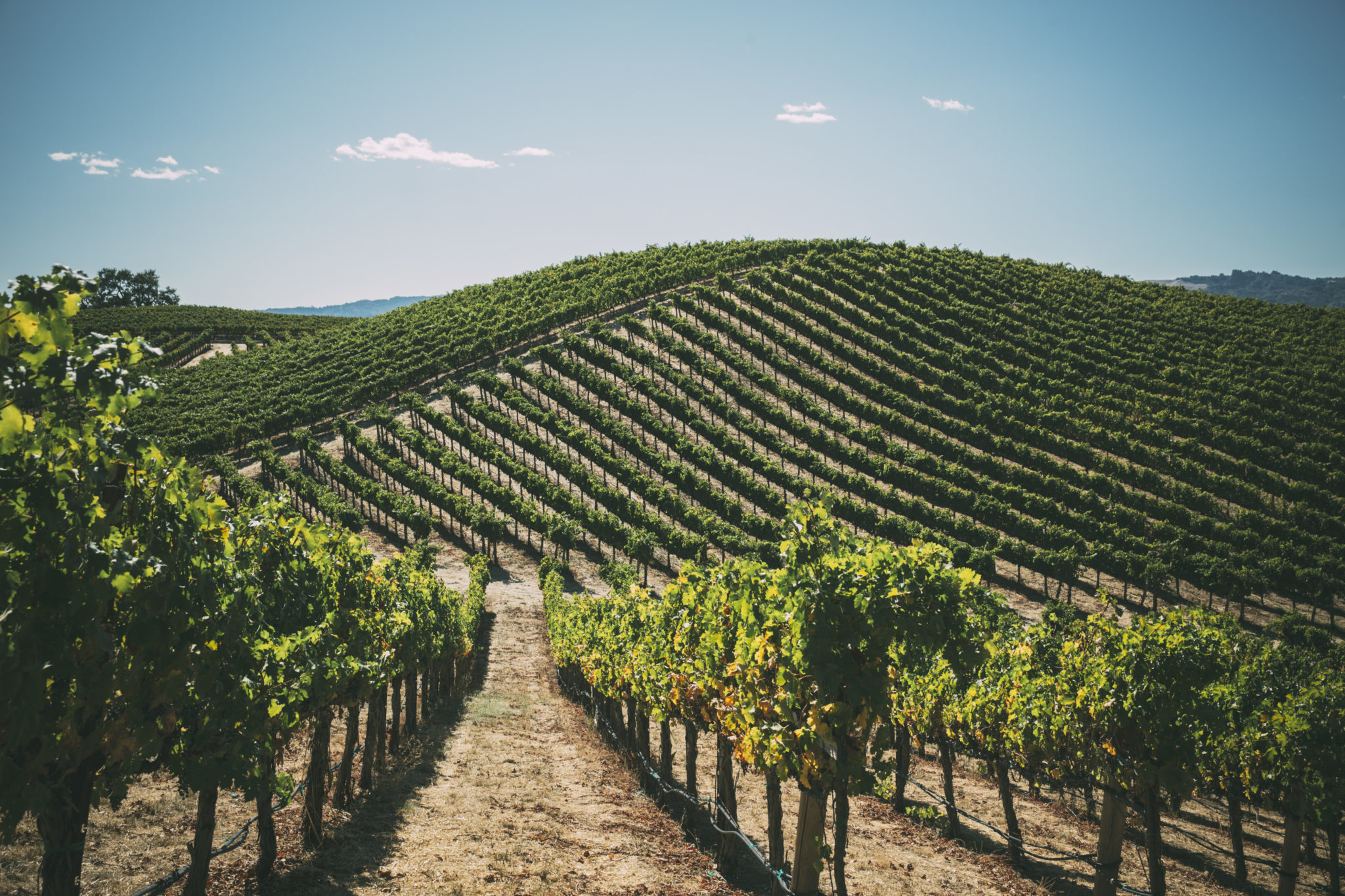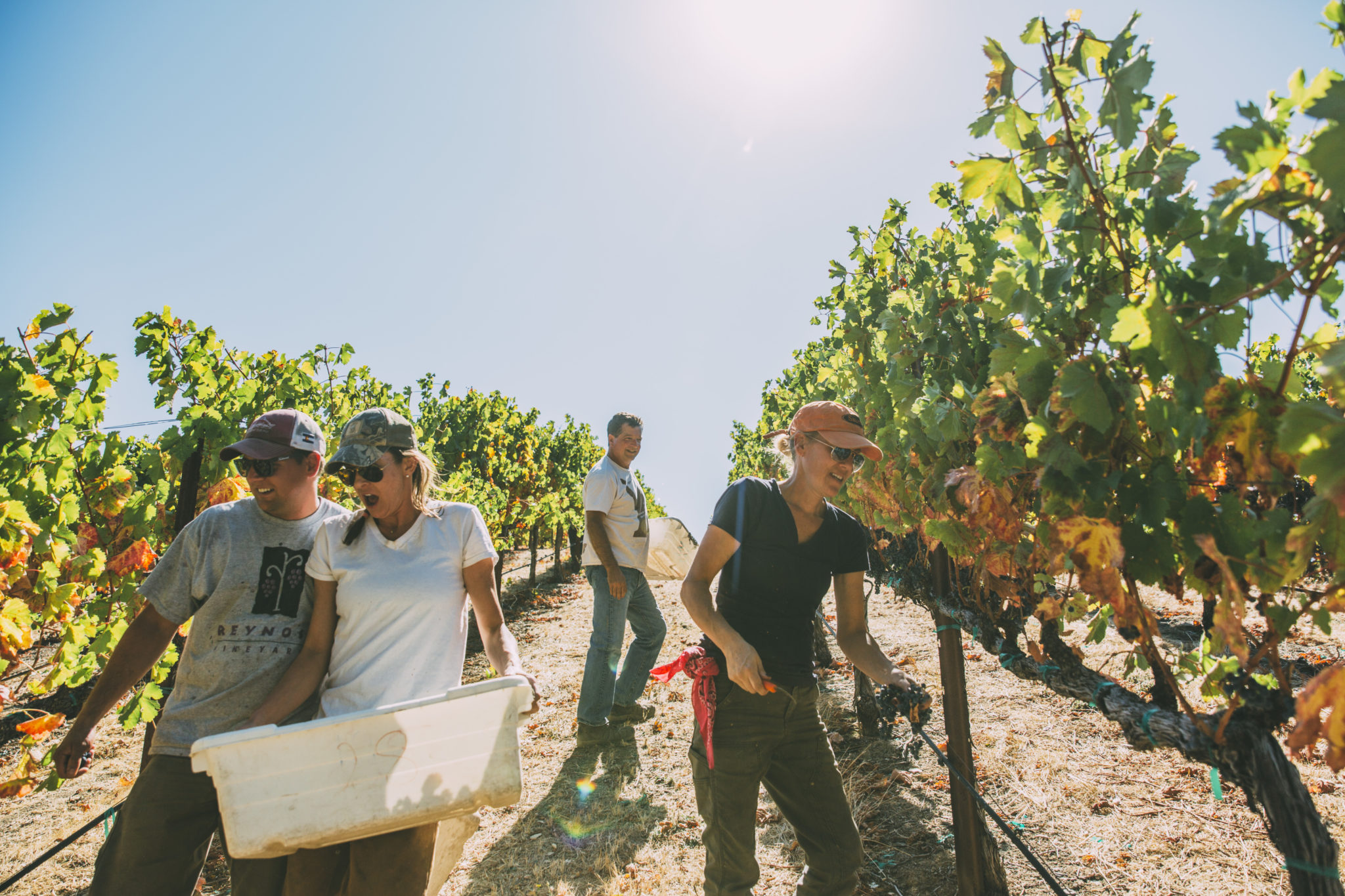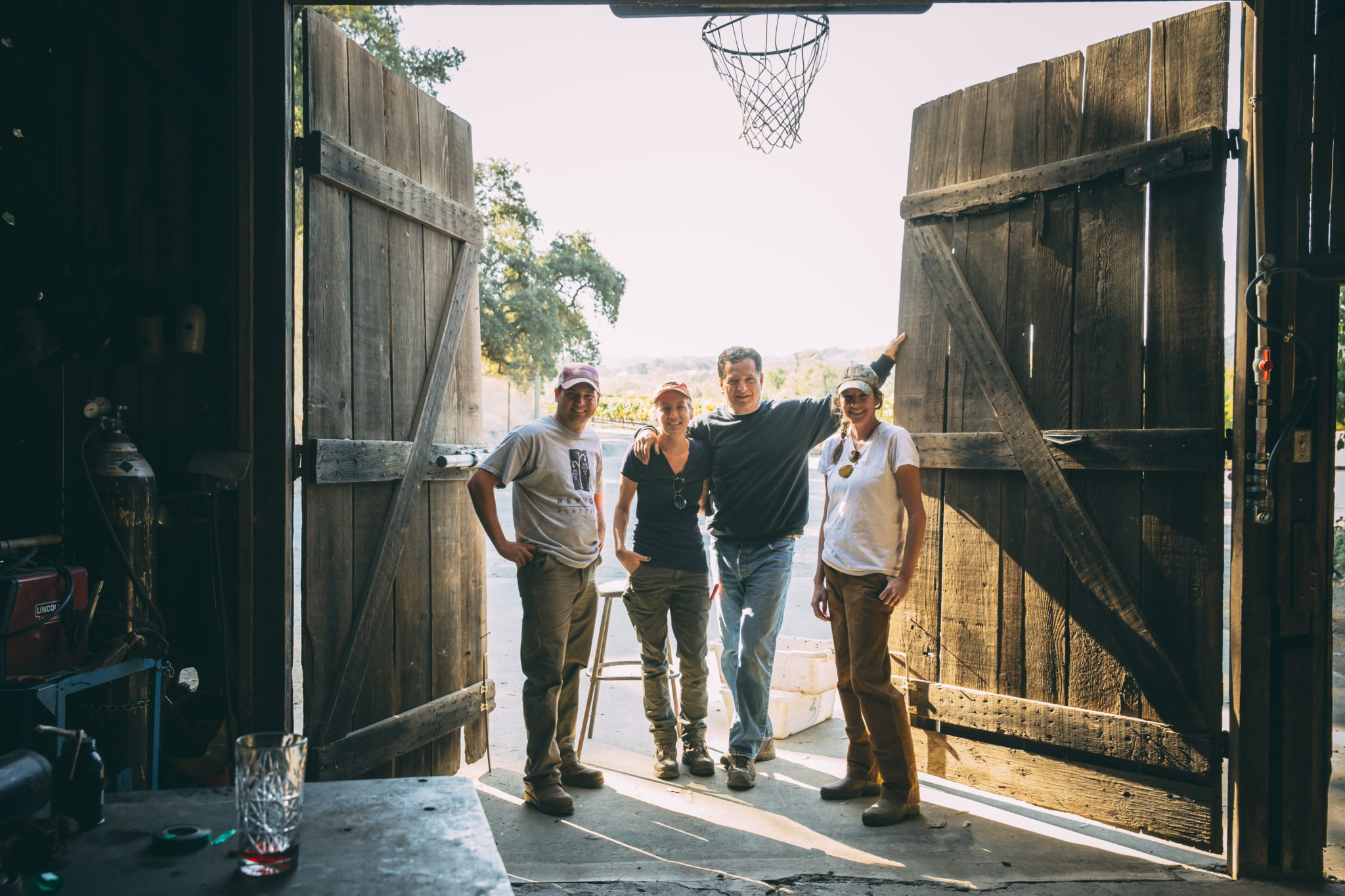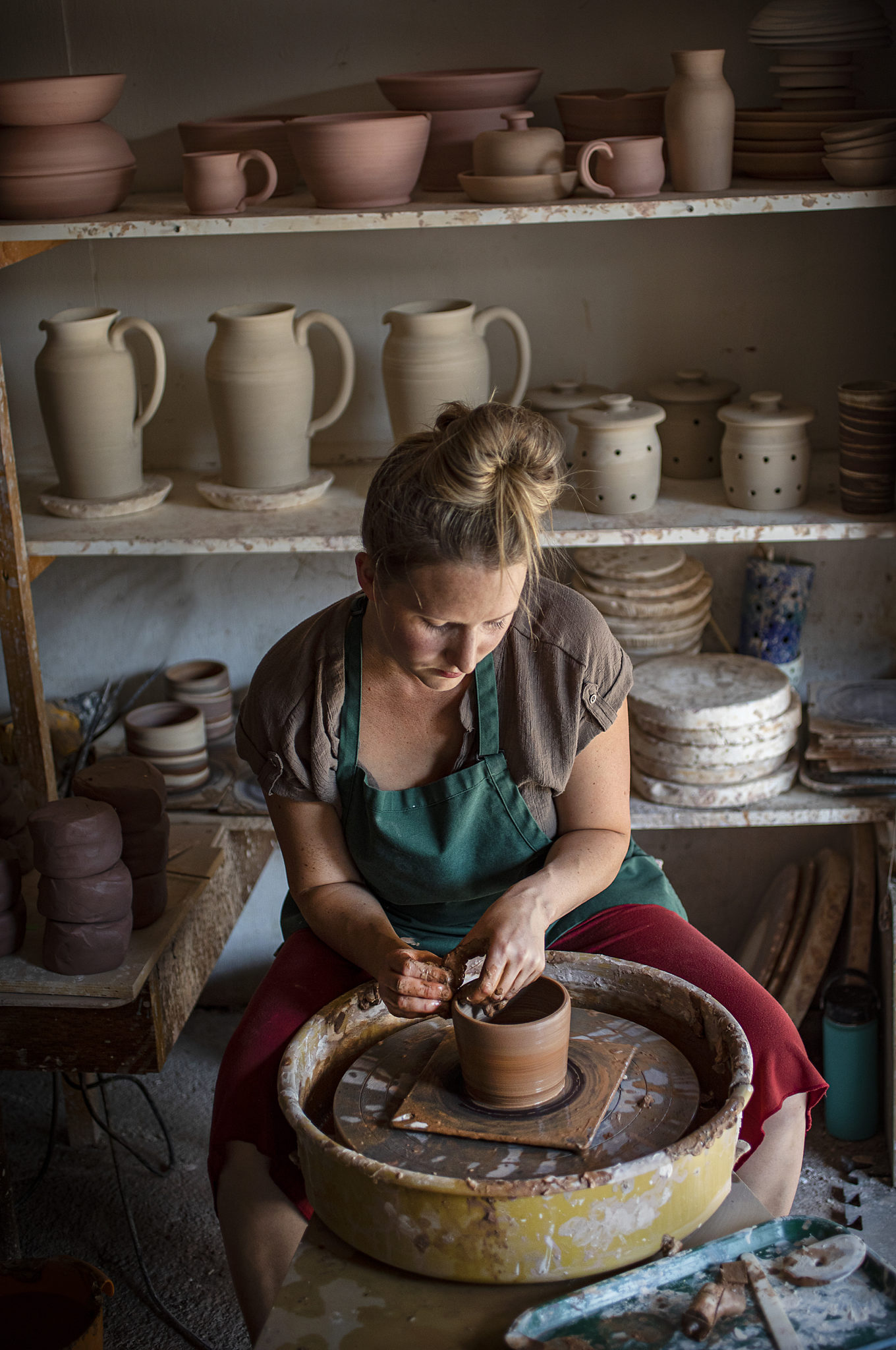W
hen it comes to producing world-class cabernet sauvignon, Sonoma County has long played second fiddle to its neighbor Napa. But now an Alexander Valley winery owner is looking to turn the tables.
“We’re going to spare no expense, climb to the top of the mountain, plant the flag, and claim victory,” said Crescere Wines founder Joe Reynoso, whose recipe to success contains three key ingredients: a deep connection to the land, a rock star winemaker, and familiarity with being the underdog.
Reynoso, the son of Mexican immigrants and the oldest of 15 children, spent his childhood years around California farms. His father, a teacher, would supplement his income in the summer by working on farms north of Bakersfield. But it wasn’t until years later that Reynoso got his hands dirty in the field.
At 19, back in California from Chicago and working as a truck driver, Reynoso made a discovery that was to change the course of his life.
“I delivered a piano to a vineyard in Napa Valley and said to myself, ‘This is the most beautiful thing I’ve ever seen — I want one,'” recalled Reynoso.

What for many would have been an idle and passing dream became a serious and enduring aspiration for Reynoso. He began his dream quest by getting a degree from San Francisco State University followed by an MBA from the University of Chicago.
Reynoso, long fascinated by the stock market, then became a floor trader for the CME Group. Later, he started his own trading firm.
“Those guys you see in the movies with loud jackets, gesticulating and yelling, that’s what I used to do,” he said.
Fifteen years later and one day shy of his 34th birthday, Reynoso’s hard work in trading made it possible for him to purchase his very own vineyard in 1994.
Planting the flag
Reynoso had purchased a remote 500 acres in Alexander Valley featuring over a mile of frontage on the Russian River and hillside slopes that allowed for distinctly different vineyard blocks throughout. As he set about tending to his vineyard property, he developed an affinity for Sonoma County.
“It’s more diverse and it seemed more agricultural (than Napa),” he said. “Robert Parker has a quote that goes something like this: ‘In the California wine world, Napa is the sizzle, Sonoma the soul.’ I think there’s some truth to that,” he added.
Reynoso’s initial plan for the property, which had just 10 acres of vines at the time of purchase, was simply to farm the land and sell the grapes. He then added 140 acres of grape varieties to the vineyard, many of which you would rarely find together in one vineyard, especially in the Alexander Valley.

Today, the vineyard is planted with petit verdot, sauvignon blanc, merlot, petit sirah, and, of course, cabernet sauvignon. There’s also one block of syrah for what Reynoso cheekily called “domestic tranquility” (Reynoso’s wife, Elena, is a big fan of the grape).
In 2016, more than 20 years after purchasing the Alexander Valley vineyard, the Reynosos launched their own commercial wine brand, Crescere (the name means to grow; to increase; to thrive). Joe Reynoso had recently co-founded the Sugarloaf custom crush facility in Santa Rosa, giving him access to a state-of-the-art winery. He then hired the renowned California winemaker and wine consultant Philippe Melka, a Bordeaux native and the man behind some of Napa Valley’s most acclaimed wineries.
Melka became the final piece to complete the wine making puzzle that Reynoso had envisioned in 1994.
“We feel very fortunate to have a great piece of land that we planted over twenty years ago, and we’ve been meticulous in our care of it since then,” said Reynoso. “We have a vineyard manager who knows the land as well as he knows his children. And we have Phillipe. Everyone involved is dedicated to making the best wines possible, so we are all able to band together and take on any of the challenges that may arise.”
Melka’s involvement with a Sonoma County cabernet sauvignon producer signals that, as far as cab is concerned, things are on the up — not just for the Reynosos, but for the region as a whole. At Crescere, he now guides enhanced farming practices that involve planting unique clones that will help take cabernet sauvignon grown in the Alexander Valley to the next level.
“When we craft an Alexander Valley cabernet, we are not trying to copy a Napa wine or even compare it,” Melka said, “We are trying to capture the site and the soils. When crafting the wine, we want to capture the unique tannin profile, savory note, and the spice that Alexander Valley cabernet has.”
All in the family
In addition to producing their own wines — Sonoma Coast chardonnay and pinot noir, Russian River Valley sauvignon blanc, and estate syrah, cabernet sauvignon and a proprietary red blend — the Reynosos continue to sell the majority of their fruit to top Sonoma producers. Managing the vineyard and winery is a full-time job. Adding a luxury wine brand to the mix requires all hands on deck: the entire process is done by hand and with absolute precision.
“I would say that we don’t do anything ‘different,’ we do everything ‘harder,’ said Reynoso. While many wineries will do one pass of thinning through the vineyard to remove imperfect clusters, Crescere will do three or more. During harvest, the fruit is sorted in the field, then again by an optical sorter, which can remove even individual sub-par berries.

Elena Reynoso has worked in the wine industry for more than 30 years — Joe and Elena met in a fine wine shop in Chicago where Elena was working. She managed the Alexander Valley vineyard ranch for more than a decade before passing the torch to Joe’s son, JW, in 2015.
JW spent his childhood summers on the ranch in Alexander Valley but didn’t show an interest in joining the family business until he was older.
“A lot of kids who grow up out here in the country, and in wine, want to escape,” said Elena Reynoso. “They feel like it’s stifling. They usually go somewhere for a few years and then want to come back.”
Like his peers, JW eventually moved back to Healdsburg — a couple of months after he got married. Now that JW has two children of his own, Joe Reynoso is hopeful that the family business will continue for generations to come.
“To develop a good brand takes a long, long time,” said Joe Reynoso. “We understand this is not a turnkey type operation. We’re hopeful that maybe his kids will follow in his footsteps.”
In the meantime, the Reynosos hope to see the tide change when it comes to perceptions of Sonoma, and more specifically Alexander Valley cabernet. Their mission is to continue in the footsteps of notable Alexander Valley cabernet producers like Jordan Winery and Silver Oak Wine.
“These two labels were pioneers in the Alexander Valley and we all stand on their shoulders,” said Joe Reynoso. “However, there were not many small, artisanal producers here until fairly recently, while in comparison there is a rather prolific number from Napa.”
“We want to raise the profile of Alexander Valley,” said Elena Reynoso, echoing her husband’s sentiment. “We love it here, the wines are great, but it’s amazing to me the number of times I’ve run into people that don’t know the Alexander Valley. I’ve even run into wine people in Napa who don’t know where it is.”
Most Crescere Wines are allocated, but oenophiles can create an account to get access online. While there is currently no tasting room for Crescere, they have plans to build a cabana on their property and even partner with a helicopter company, which can land on the ranch for exclusive tasting experiences. creserewines.com














